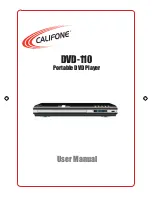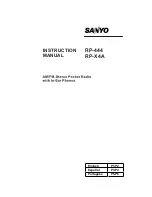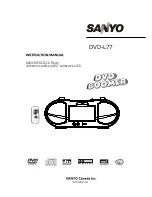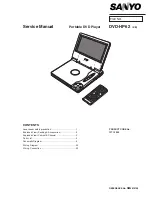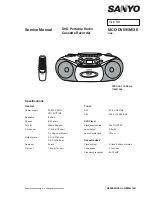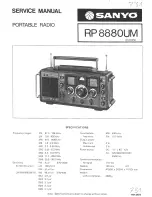
- 22
MPL 206 A - MPL 226 A
GB
GB
START
STOP
ON
4 USING THE GENERATOR
4.1 P
RELIMINARY
CHECKS
Before beginning with any starting procedure, it is
extremely important to become «familiar» with the
generator and its controls. Furthermore, a visual
inspection must be carried out on the machine and the
installation.
Any source of potential or real danger must be eliminated
before proceeding.
- Identify the position of the emergency stop buttons,
switches and other emergency systems on the generator.
- Learn the special emergency procedures relative to the
installation in question.
- Identify the position of the fire extinguisher or other
protection and emergency devices and learn their
functioning.
- Identify any sources of danger such as fuel, engine oil
or acid solution leaks, condensate in the drip caps, high
voltage, high pressure.
- Ensure that the generator is clean and that the
surrounding areas are clean and free of obstacles.
- Check that there are no obstructions in the inlets and
ventilation ducts.
- Check that the exhaust pipe is not oriented against
obstacles, or make sure that these are at least two
metres away.
- Check that the earth connection has been carried out
properly.
At first starting of the generator, after having done any
type of maintenance work, it is always good practice to
check:
- the oil level by means of the dipstick (par. 6.3);
- that all the electrical utilities are off so that the
generator is not started on load;
- that the fuel pipes are undamaged and properly
connected;
- that there are no electrical connections in a bad state.
4.2 R
EFUELLING
Refuelling must be carried out with extreme care, ensuring
that fuel does not overflow from the engine tank and
respecting the maximum level.
When refuelling has been completed, carefully close the
fillercap (ref.H, pag. 2.2)
- Fuel is toxic and inflammable and must therefore
be kept in special airtight containers and stored in
inaccessible places.
- Refuelling must be carried out with the generator
off and the key selector in position "0" (STOP)
- Do not smoke and do not use open flames during
refuelling.
- Refuel in well-ventilated places.
- Avoid contact of fuel with the skin and do not
inhale the fumes.
4.3 B
ATTERY
The generator is supplied with a battery without acid.
- Do not cause short-circuits by placing keys or tools
on the batteries or on the cable fittings.
- Battery fluid is a corrosive acid, extremely harmful to
the skin.
- Always wear protective gloves and be extremely
careful to avoid spillage when pouring the acid.
- Do not disconnect the battery when the generator is
running; the battery charger alternator and the
electronic equipment may irreparably be damaged.
- R / - polarity when connecting; failing this
will cause a short-circuit when starting, which will
irremediably damage the electronic equipment.
- Have the battery activated by staff prepared with
sulphuric acid for batteries and the appropriate
tools.
- The terminals and the connections must always be
maintained dry and clean; to prevent oxidation,
clean and smear the terminals with a film of vaseline.
4.4 S
TARTING
Before starting the generator check that all the utilities are
off to prevent putting the still cold engine under stress.
Proceed with starting by turning the START key clockwise
by one click (to the ON position).
The PDM1 is powered up.
The engine control conducts a LED test cycle and
then it set itself up for the starting cycle which is
operated by turning the key to “START” after the
preheating delay (led ref.7 chap.5.4 still switched
on).Then turn the ignition key to START and release it only
when the engine has started, taking care not to exceed
more than 5 seconds for each attempt.
All the protections will be activated when starting the
generator and in case of malfunctioning, the generator is
stopped and the fault signalled by the relevant warning
light coming on.



























